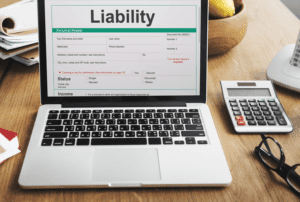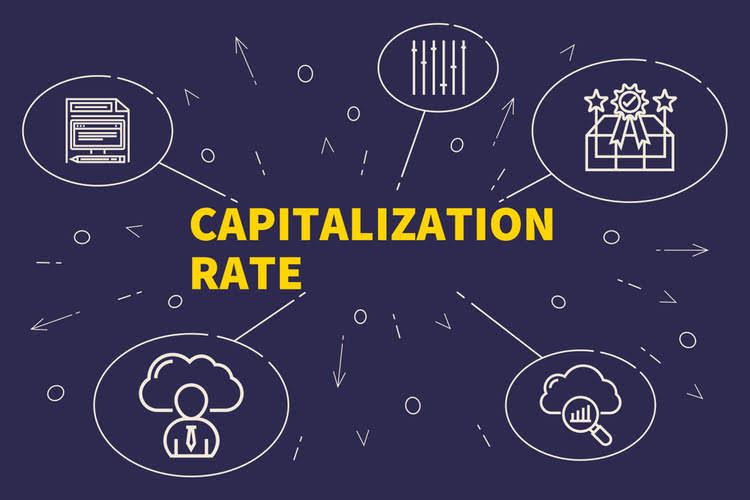How to conduct an effective AP audit

It brings several key advantages, including better accuracy, quicker discovery of fraud, and savings on costs. This section focuses on how technologies, especially Artificial Intelligence (AI)-powered AP automation software, revolutionize auditing. In the observation step, auditors look at the daily operations of the AP department. This helps them understand how well the AP process is managed and if the controls in place are effective. An AP audit checks a company’s bills and payments to make sure everything is correct. It looks at the records to confirm that what the company says it owes matches what it actually owes to people and other companies.
- Non-standardized documentation is a common mistake in manual reconciliation; automation is a great way to ensure that documents are completely in order.
- It represents the short-term debt and money owed to suppliers and creditors and indicates the number of vendor invoices that have been recorded (but not yet paid).
- The average time to payment, which varies from 3.7 to 12.2 days depending on the efficiency of the accounts payable process, is another vital metric.
- An AP audit will determine whether a company’s AP process adheres to the strictures of GAAP practices.
- Measuring the efficiency of the accounts payable process requires tracking several key metrics.
- With AP automation, much of the data and documentation required for the audit is readily available, reducing the time and effort needed for data collection and validation.
Inherent Risk of Accounts Payable

Bank statements are crucial for accounting verifying electronic payments and financial transactions recorded in the company’s accounting software. They provide evidence of the actual movement of funds and help auditors identify any discrepancies or unusual transactions that might indicate a risk of fraud. Accounts payable is a foundational function that ensures organizations maintain accurate invoices, payments, and vendor relationships, while making bill payments on time. However, amidst today’s rapid and intricate business transactions, particularly in high volumes, managing accounts payable processes can pose significant challenges.
- They uncover discrepancies, unauthorized payments or errors that could impact financial statements.
- And members of your AP team can focus on their core work – they won’t have to devote time to helping hunt down necessary documents.
- The auditor should ensure that accounts payable transactions are recorded in compliance with Generally Accepted Accounting Principle (GAAP).
- In the observation step, auditors look at the daily operations of the AP department.
- An audit trail consists of records that trace the financial transactions’ history through the payable department.
How Automation Works
Additionally, reconciliation between a sample of suppliers’ statements and payable accounts also ensure valuation. Inherent risk of accounts payable is the risk that accounts payable may contain material misstatement regardless the related control procedures that the company has in place. In this case, risk of material misstatement for accounts payable is the risk that accounts payable can be materially misstated and the related control procedures cannot prevent or detect such misstatement. In that case, there’s a high risk that the employee could commit AP fraud by paying fictitious vendors or intentionally paying a vendor twice and stealing the second check.
The Future of Accounts Payable Audits
- Under this section, the auditor perform the audit procedures to ensure and confirm classification and understandability of the accounts payable.
- This post will discuss what an accounts payable audit is and how you can prepare for it.
- The process starts with tracking expenditures and ensuring timely payments to vendors, which helps maintain good supplier relationships and prevent disruptions in the supply chain.
- When suppliers or service providers deliver their products to the organization, the description and prices are intimated in the sales invoices furnished by suppliers.
- Documents became accessible within seconds, greatly simplifying tax audits and resulting in a 100% reduction in client-side paper invoice processing.
- At the same time, OCR software has frequent inaccuracies when it isn’t supported by additional checks.
An important aspect of an accounts payable audit is evaluating the internal controls in place to safeguard against fraud and errors. Auditors review the company’s control procedures, policies, and guidelines to determine their effectiveness in maintaining financial accuracy and integrity. An accounts payable audit is the process of validating invoices to ensure they are accurate and that the right controls are in place to guarantee an organization’s financial records are in order. Key components of an audit include reviewing invoices and payments for accuracy and legitimacy. Auditors will ensure that you duly recorded and accounted for all your liabilities and payables balances within the appropriate accounting periods.
AP Audit Frequently Asked Questions
The Sarbanes-Oxley Act of 2002 established a requirement that all businesses submit records to a third party for external examination. There are a million reasons why a company should be interested in an accounts payable audit, whether it is internal or external. It represents the short-term debt and money owed to suppliers and creditors and indicates the number of vendor invoices that have been recorded (but not yet paid).
They had to disrupt normal operations to ask stakeholders for access to paperwork to verify accounts payable invoices and otherwise double-check the data. Easy access to payable records is crucial for a seamless, comprehensive audit process. Either the internal team fails to provide the specific invoices, purchase requests, and purchase orders, or it gets lost in the pile of documents. This slowdown in the audit process increases the risk of oversight and incomplete scrutiny, compromising accuracy and thoroughness.

Moreover, these audits help you stay compliant with tax regulations and internal company policies, reducing the risk of penalties and improving your overall financial health. Establish an audit plan to define the scope of accounts payable audit the audit, specifying the departments and time frame under consideration. Accounts payable audit software is sometimes confused with AP automation software. There isn’t an accounts payable audit software that will perform your AP audit for you.
Enforce Internal Controls

The audit includes reviewing the end-of-year close process and performing cut-off tests to ensure items are posted in the accounting period when the expenses were incurred. The accounts payable ledger provides a detailed summary of all outstanding debts. Auditors reconcile this ledger with the company’s general ledger to confirm that all liabilities are accurately recorded. Unrecorded debts can lead Certified Bookkeeper to inaccurate financial reporting and potential legal issues, making the reconciliation of the accounts payable ledger a critical step in the audit process. The AP workflow typically includes steps such as receiving expense reports, entering purchase orders, obtaining approvals, and issuing payments.

Earn 4% interest on your cash balance and simplify business spending with corporate cards, accounts payable and expense management software. Early payment discounts are incentives offered by suppliers to encourage prompt payment and improve their cash flow. Companies that consistently utilize early payment discounts can experience significant savings on their purchases, often ranging from 8-12%. These discounts not only reduce the cost of goods and services but also foster stronger relationships with suppliers.

Leave a Reply
Want to join the discussion?Feel free to contribute!